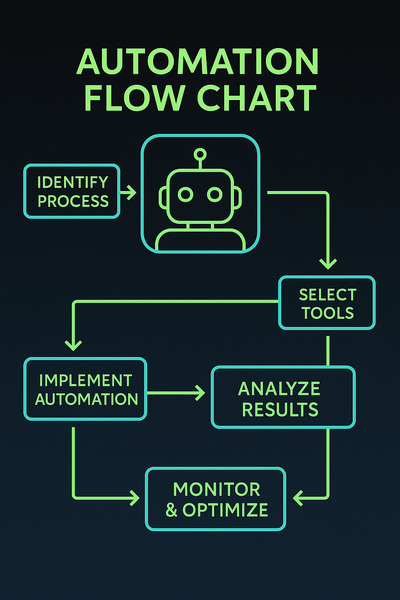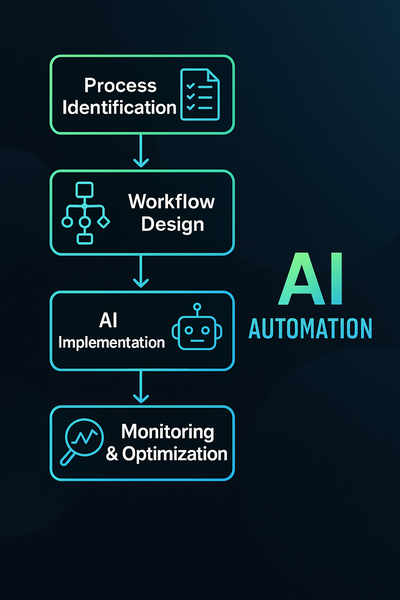Why Process Automation Is the Key to Lean Business Growth

Lean businesses achieve more with less by eliminating waste and focusing on value‑adding activities. Yet many organisations cling to manual, repetitive processes that slow down operations and introduce errors. The result is a bloated workload, frustrated employees and dissatisfied customers. To truly embrace lean principles, you must streamline the way work flows through your company.
Process automation is the engine of lean growth. By mapping your existing workflows and identifying hand‑offs, delays and bottlenecks, you can spot ideal candidates for automation. Whether it’s automating approval chains, triggering actions based on data changes or integrating systems so they talk to each other, automation removes unnecessary friction. This not only speeds up operations but also makes them more predictable and scalable.
When your processes run seamlessly, teams have room to innovate. Employees can redirect their attention from managing spreadsheets to designing new products and improving customer experiences. Leaders gain visibility into performance metrics and can make data‑driven decisions more rapidly. The lean organisation is characterised by agility, and automation is a cornerstone of that agility.
If you’re embarking on a lean transformation, don’t overlook the role of automation. Start small, prove the benefits and scale across the organisation. Our consultants can help you identify quick wins and build a scalable automation roadmap. Book a call to learn how AIAGENTSAGE can help you achieve lean growth through smart automation.
Automation Steps & Logic
Below is a high-level overview of the steps involved in automating this process:
- Identify the Process: Map out the exact workflow that needs automation, including inputs, outputs and decision points.
- Select the Right Tools & Platforms: Choose AI agents, RPA bots or integration tools based on complexity and scalability needs.
- Design & Prototype: Build a proof of concept or prototype to validate the logic and gather stakeholder feedback.
- Implement & Integrate: Deploy the solution and integrate with existing systems, ensuring data flows seamlessly between components.
- Monitor & Optimise: Continuously track performance, gather insights and iterate on the automation to improve efficiency.
Recommended Bots & Agents
Here are examples of intelligent agents that can assist with this use case:
- Conversational AI Bots: Handle customer queries, onboarding or support through chat or voice interfaces.
- RPA Bots: Automate rule-based, repetitive tasks such as data entry, invoicing and report generation.
- Data Extraction Bots: Collect and cleanse information from documents, emails or web pages for downstream processing.
- Scheduling & Coordination Agents: Automate meeting bookings, reminders and coordination across teams.
- Integration Agents: Seamlessly connect your CRM, ERP, marketing and communication tools through APIs.
